Getting Started with Groq API: The Fastest Ever Inference Endpoint
Analytics Vidhya
MARCH 2, 2024
Introduction Real-time AI systems rely heavily on fast inference. Inference APIs from industry leaders like OpenAI, Google, and Azure enable rapid decision-making. Groq’s Language Processing Unit (LPU) technology is a standout solution, enhancing AI processing efficiency. This article delves into Groq’s innovative technology, its impact on AI inference speeds, and how to leverage it using […] The post Getting Started with Groq API: The Fastest Ever Inference Endpoint appeared f







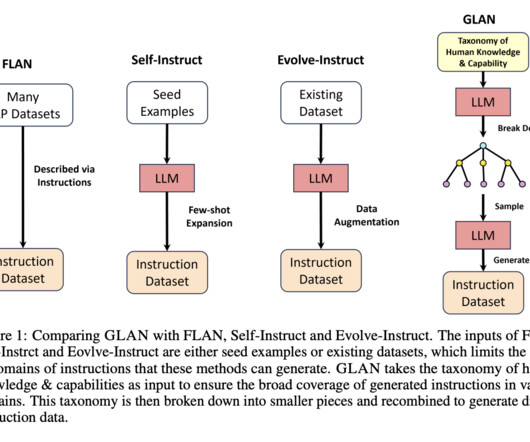



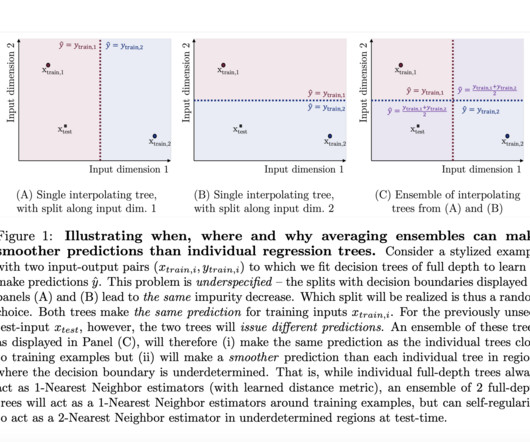

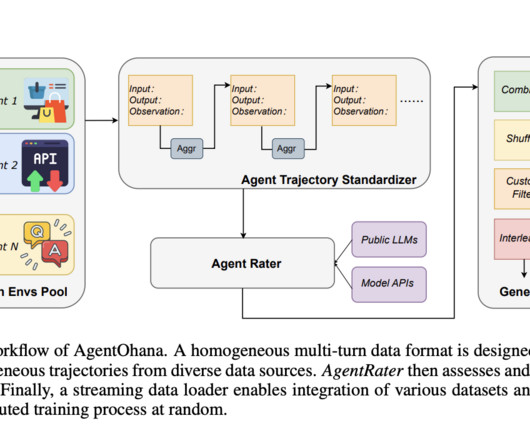


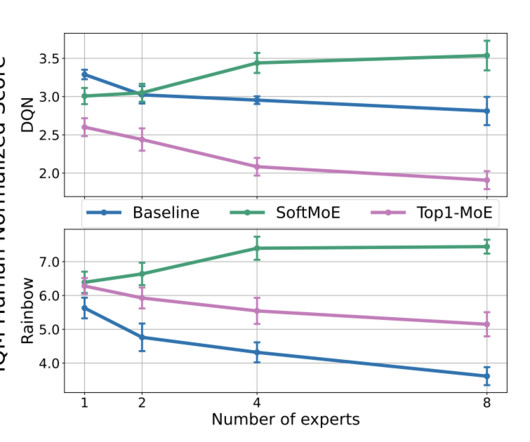

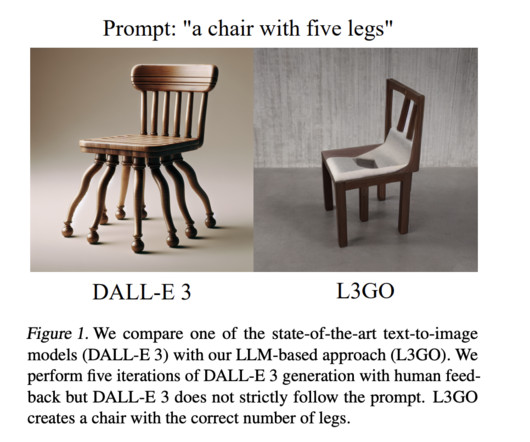

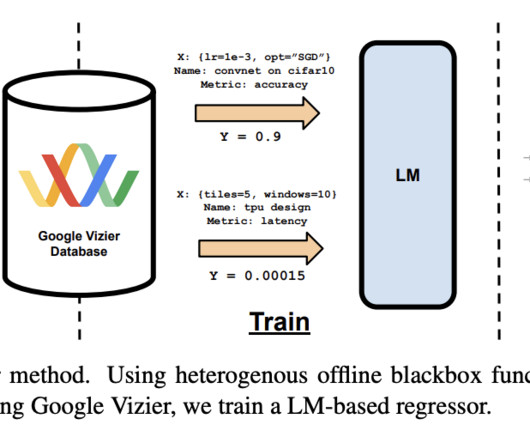



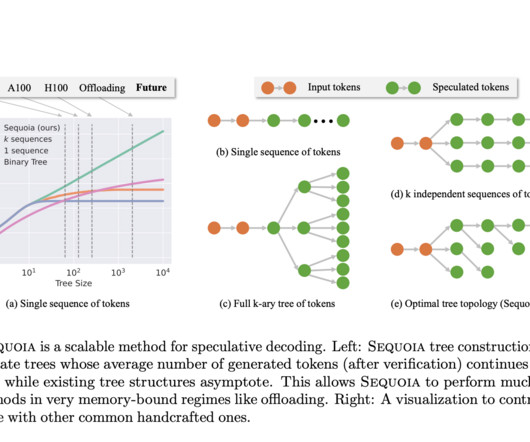
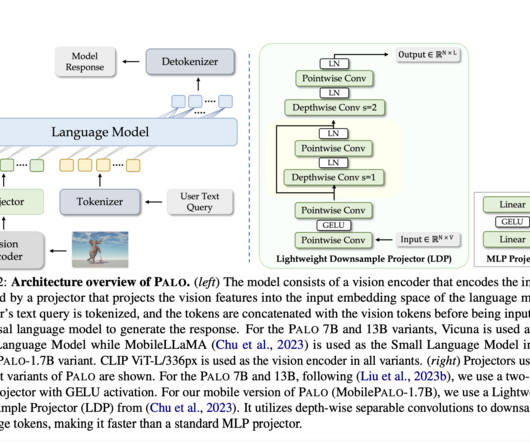






Let's personalize your content